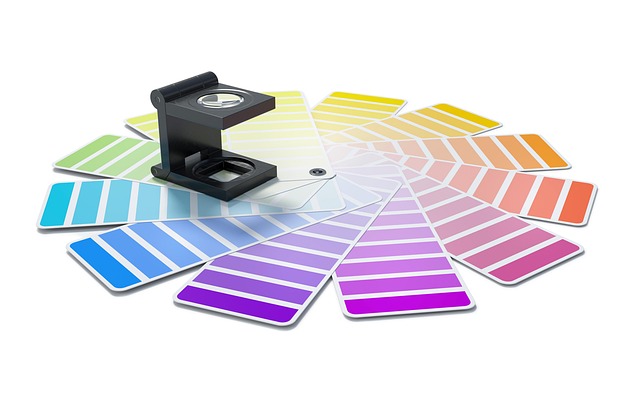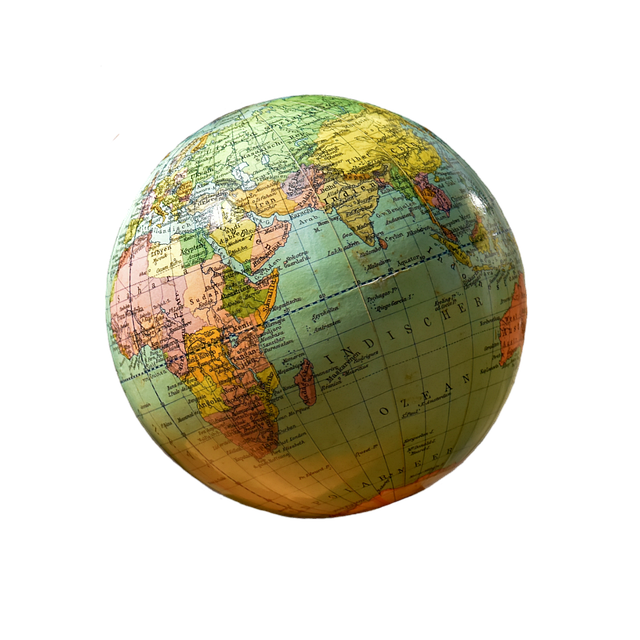Understanding Color Filtering in Photography
Photography is more than just capturing moments; it’s an art form that allows us to express emotions and tell stories. One of the most powerful tools in a photographer’s arsenal is the technique of color filtering. By manipulating colors, we can enhance moods and create breathtaking images that resonate deeply with the viewer.
The Emotional Power of Color
Color has a profound psychological effect on our emotions. Each hue triggers different feelings—warm reds can evoke passion and energy, while cool blues often instill calmness and serenity. By mastering color filtering, photographers can harness these emotional responses to guide the viewer through their visual narrative.
Designing with Intent
In photography, the art of design plays a crucial role. It’s not enough to just take a shot; one must consider composition, lighting, and color harmony. Utilizing color filtering allows photographers to accentuate the elements that matter most. For instance, a warm filter can highlight the golden hour light, creating an inviting ambiance, while a cooler filter might be used to emphasize tranquility in landscapes.
Choosing the Right Filters
There are various tools and techniques for color filtering, ranging from physical filters attached to the camera lens to digital filters applied during post-processing. Each method offers unique advantages. For example, using a polarizing filter can enhance the contrast of blue skies against white clouds, delivering a striking visual impact, while software filters can provide a broader spectrum of color manipulation options without the limitations of physical equipment.
Experimentation and Creativity
The beauty of photography lies in its subjective nature. Experimenting with color filtering techniques can lead to stunning, unexpected results. Don’t be afraid to step outside the conventional norms. Play with gradient filters, try complementary colors, or even invert your color palette for a surreal effect. This creative freedom is what makes photography such an exciting endeavor.
Color Filtering in Different Genres
Whether you’re into portrait photography, landscapes, or street photography, color filtering can dramatically influence your work. In portraits, softer filters can enhance skin tones and create a dreamy quality, whereas in landscape shots, exaggerated colors can make nature’s beauty pop, drawing viewers into the scene. Each genre offers unique opportunities to explore different color possibilities.
Final Thoughts
As photographers, we are artists who have the unique opportunity to capture the world in our own way. Mastering color filtering techniques allows us to convey emotions and create designs that not only please the eye but also resonate deeply with the heart. Embrace the art, play with colors, and let your photographs reflect the stunning beauty of your vision!




